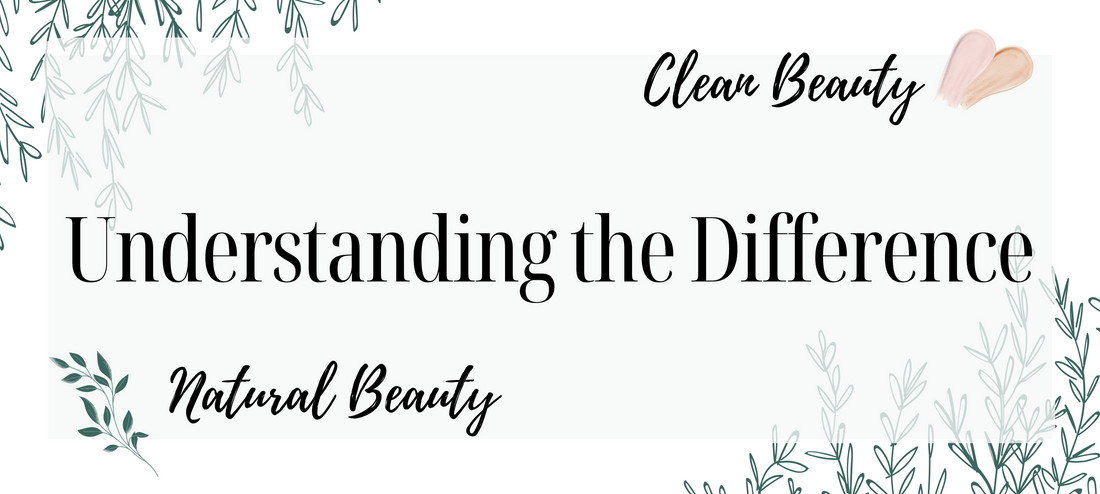In the rapidly changing landscape of skincare and cosmetics, two terms frequently arise: clean beauty and natural beauty. While often used interchangeably, these concepts represent distinct philosophies and standards within the beauty industry. Consumers need to grasp the differences between them to select products that align with their values, health concerns, and environmental priorities.
Natural Beauty: Rooted in Nature
Natural beauty refers to products formulated primarily with ingredients derived from nature, such as plants, minerals, and other naturally occurring substances. The appeal of natural beauty lies in the simplicity and perceived purity of these ingredients. Examples include botanical oils, clay masks, and fruit extracts. The belief is that ingredients from the earth are inherently better for the skin and body.
However, the term "natural" is not regulated. A product labelled as natural might contain only a small percentage of natural ingredients, with the remainder being synthetic. Not all natural ingredients are safe or effective; for instance, poison ivy is a natural substance you wouldn’t want in your moisturiser. This lack of standardisation means consumers must carefully examine ingredient lists and rely on reputable brands or third-party certifications to ensure authenticity.
Clean Beauty: Safety First
Clean beauty, in contrast, emphasises safety over the origin of ingredients. Clean beauty products are formulated without known harmful substances, such as parabens, phthalates, sulfates, and synthetic fragrances. The clean beauty movement promotes transparency, ethical sourcing, and non-toxic formulations, irrespective of whether the ingredients are natural or synthetic.
Unlike natural beauty, clean beauty embraces scientific advancements, acknowledging that some synthetic ingredients can be safer, more stable, and more effective than their natural counterparts. For example, lab-created vitamin C can be more potent and less irritating than versions derived from citrus. Clean beauty brands often collaborate with dermatologists and chemists to ensure their products adhere to strict safety standards.
The Overlap and Confusion
There is considerable overlap between clean and natural beauty. Many clean beauty products incorporate natural ingredients, while many natural beauty brands exclude harmful chemicals. However, the key distinction lies in their intent: natural beauty focuses on the source of the ingredients, whereas clean beauty prioritises their safety.
This confusion is made even more complex by marketing practices. Brands may label products as “clean” or “natural” without clear definitions, causing consumers to believe they are making healthier choices when they may not be.
Conclusion: Choosing What’s Right for You
Ultimately, the choice between clean and natural beauty comes down to personal priorities. If you value products sourced directly from nature, natural beauty may be more appealing. If your main concern is avoiding potentially harmful ingredients, regardless of their origin, clean beauty is likely a better fit.
The best approach is to make informed decisions. Read labels, research brands, and assess your skin's needs. Clean and natural beauty are not mutually exclusive, and the most effective products often incorporate the strengths of both. In a market overflowing with options, clarity is essential; knowing the difference helps you select beauty products that resonate with your values and wellbeing.

